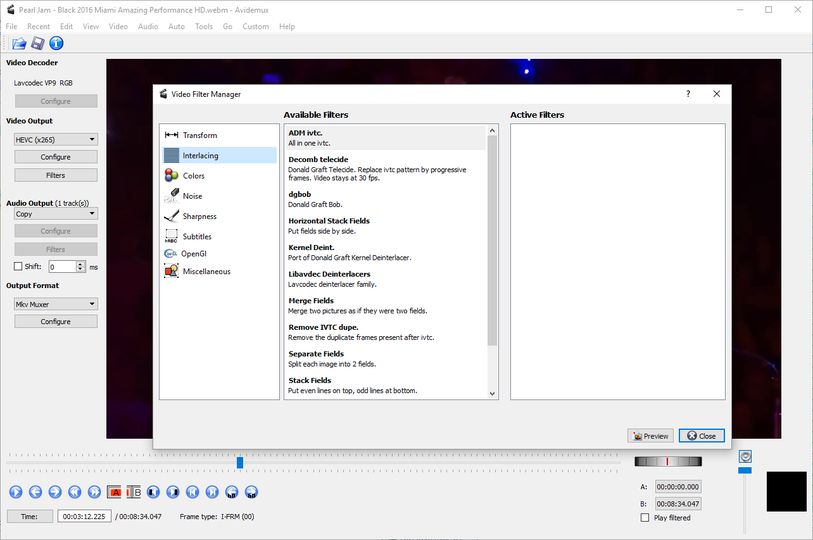

This of course becomes less and less true the more bit rate is used and at some point all the encoders will produce the same quality, for example at something like 50 mb/s for 1080p mpeg-2 and avc will produce identical results, at about 25 mb/s avc and hevc will produce identical results and so on.

What may be confusing you is that if you were to start with a lossless source, (or even with a high quality mezzanine codec) and were to encode that file multiple times, once each with each encoder tested, in theory, hevc would need less bit rate than avc to achieve the same quality level, avc would need less bit rate than mpeg-4 asp, mpeg-4 asp would need less than mpeg-2 and sp on. I think you meant "lossy" instead of The encoder used has nothing to do with the size of a video file, size is determined by the bit rate used times the length of the video. Now configure its settings and the only option that you have to change is encoding process. The next step is to set video stream to MPEG-4 AVC. Tasks can be automated using projects, job queue and powerful scripting capabilities. The first step is to launch Avudemux on your PC and load the desired video files into it. So unless you encode into a lossless output format your output will always be lossy. AviDemux NEW VERSION 2.8.1 / 2.8.2 Nightly Avidemux is a free video editor designed for simple cutting, filtering and encoding tasks. Stating the obvious: "Reencoding to a lossless format includes should be expected to include some loss."


 0 kommentar(er)
0 kommentar(er)
